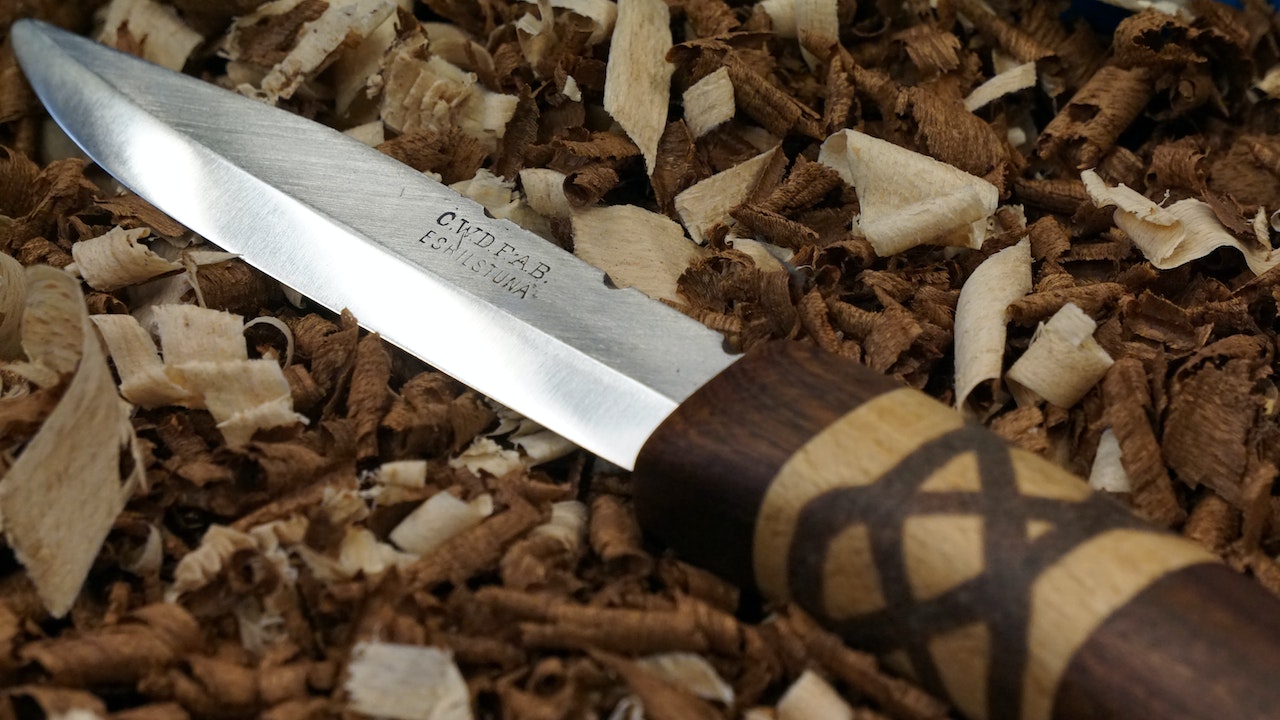In recent years, Australia, a country best known for cities like Sydney, Melbourne, Brisbane, Perth, and Adelaide, has witnessed a growing trend in the popularity of tactical kukris. These unique blades made by reliable brands like fox knives in Australia have transitioned from their traditional origins as agricultural tools and weapons into the modern world of outdoor enthusiasts, survivalists, and tactical professionals. Explore the factors contributing to the rise of these kukris in Australia, shedding light on why these exceptional knives have garnered such a dedicated following.
Versatility in Outdoor Activities
99% of Australians aged 15 years and over have participated in recreation and leisure activities in their free time, and 25% have participated in Sports and outdoor activities, which is a key reason behind the surge in popularity of tactical kukris. These knives excel in tasks like chopping wood, clearing brush, and preparing campfires. Campers, hikers, and hunters have come to appreciate the kukri’s ability to perform multiple functions effectively. Its robust design and sharp blade make it an ideal tool for managing a wide range of outdoor tasks, simplifying the gear carried during adventures.
The Gurkha Legacy
The Gurkha soldiers’ rich history and legendary use of kukris have contributed significantly to their popularity in the country. The Gurkhas, originating from Nepal, have a storied reputation for their bravery and exceptional combat skills. They have used the kukri as their weapon of choice for centuries, making it a symbol of strength and courage. Australians have come to respect and admire the Gurkhas, leading to an increased interest in the kukri as a symbol of tradition and resilience.
Rising Interest in Survivalist
The global interest in survivalist and bushcraft has played a vital role in the country’s ascent of kukris. As individuals become more conscious of the need to prepare for unforeseen emergencies and natural disasters, they seek reliable tools to help them survive in challenging environments. Tactical kukris, with their robust construction and multi-functional capabilities, have become a preferred choice for preppers and survivalists looking for a versatile and dependable tool.
Unique Design and Aesthetics
Tactical kukris stand out not only for their functionality but also for their unique design and aesthetics. The distinctive curve of the blade, combined with the traditional wooden handle and ornate pommel, make these knives visually appealing. Collectors and enthusiasts appreciate the craftsmanship that goes into creating these distinctive blades. Whether displayed as part of a collection or carried as a utility tool, tactical kukris have an allure that sets them apart from conventional knives.
Wide Range of Customisation
Another facet contributing to the popularity of tactical kukris is the wide range of customisation options available. Knife enthusiasts and professionals can choose from various blade lengths, materials, and handle designs to suit their needs and preferences. This level of customisation ensures that individuals can find a kukri that meets their unique requirements, whether for tactical use, outdoor adventures, or collection purposes.
Conclusion
The rise of tactical kukris in Australia is a testament to their exceptional versatility, rich history, and enduring appeal. These tools offered by brands like fox knives in Australia have transcended their traditional roots to become beloved tools for outdoor enthusiasts, survivalists, and collectors alike. With their unique design, deep connection to Gurkha culture, and adaptability to a wide range of tasks, it’s no wonder that tactical kukris have carved out a special place in the hearts of Australians. As interest in outdoor activities and preparedness continues to grow, the popularity of these exceptional blades is poised to rise even further, ensuring that the tactical kukri remains a symbol of resilience and resourcefulness in the Land Down Under.
Author Name: Alison
